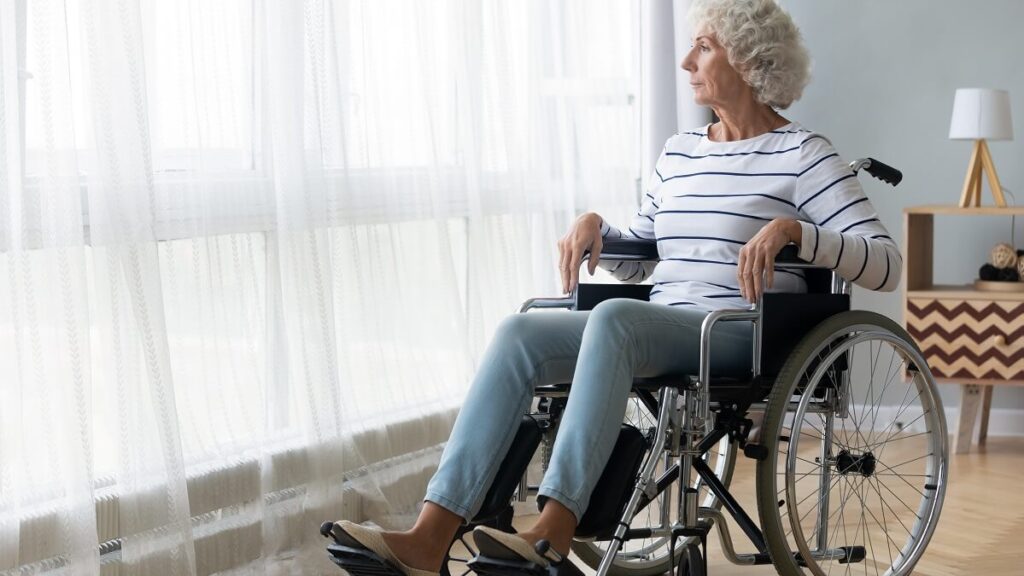Government and health organisations are being urged to act urgently to dramatically reduce the incidence of falls and turn the tide on a $2.3 billion healthcare burden.
A report from the Australian and New Zealand Falls Prevention Society (ANZFPS), titled Why investing in falls prevention across Australia can’t wait, delivers six key messages and five recommendations which it says could dramatically reduce the incidence of falls.
The key messages are:
- Falls and fall injuries are a large and growing problem for all Australians.
- Fall injuries in older adults already cost Australian healthcare systems $2.3 billion each year.
- Fall injuries can be devastating for individuals and their loved ones.
- There has been no national strategy on preventing falls in Australia for nearly 10 years.
- Investing in effective prevention will provide quick returns for the health sector.
- A well-implemented fall prevention strategy will enhance longer-term benefits for health, quality of life and independence of older Australians.
Read: Falls can be life-changing. Here’s how to prevent them
Professor Kim Delbaere, ANZFPS president, senior principal research scientist at Neuroscience Research Australia (NeuRA) and co-author of the report, says there has been a gap in policy surrounding the life-threatening issue of falls for the best part of a decade.
“Since the National Injury Prevention and Safety Strategy 2004-2014 lapsed eight years ago, there’s been a policy gap on the life-threatening issue of falls affecting thousands of older people across the country,” she said.
Prof. Delbaere says falls are the leading cause of hospitalised injuries and injury deaths in people aged 65 and over and must be looked at as an urgent public health concern.
The impact of taking action would be almost immediate, she says.
Read: How you can help shape the future of ageing
“Strong evidence suggests that coordinated government action on falls prevention will have quick returns, with the potential for falls to be reduced by 30 per cent in just one year and long-term benefits for health, quality of life and independence of older Australians.”
ANZFPS is seeking a world-class national falls prevention strategy by 2025. It also wants long-term prevention programs to reduce falls by 30 per cent.
The report includes five recommendations to the federal government:
- Establish a national falls prevention coordination group, modelled on similar bodies in the US and UK .
- Develop and implement a five-year national plan for preventing falls among older people living independently and in residential care.
- Engage all levels of government plus health and aged care, housing, transport, and planning and development sectors.
- Include fall prevention strategies for all people.
- Encourage greater investment in falls prevention research.
Read: Five ways to slow the ageing process
Report co-author Professor Cathie Sherrington says our ageing population is a key factor in the call for urgent action. “The ageing of the Australian population means that the problem of fall-related injuries and deaths will worsen if we continue to fail to take preventive action.
“Research has shown that there is one fall-related visit to an emergency department by an older Australian every two and a half minutes,” she said.
Recent data from the Australian Institute of Health and Welfare (AIHW) shows that falls are the leading cause of hospitalisation due to injury in those aged 45 and older, representing 42 per cent of injury hospitalisations and 40 per cent of injury deaths.
In 2020-21, more than half of all falls leading to hospitalisation happened on a single-level surface (for example, by slipping or due to a collision), it says. Seven per cent of falls leading to hospitalisation involved stairs or steps.
Have you or someone close to you had a serious fall recently? What impact has it had? Did it result in a stay in hospital? Why not share your thoughts in the comments section below?

